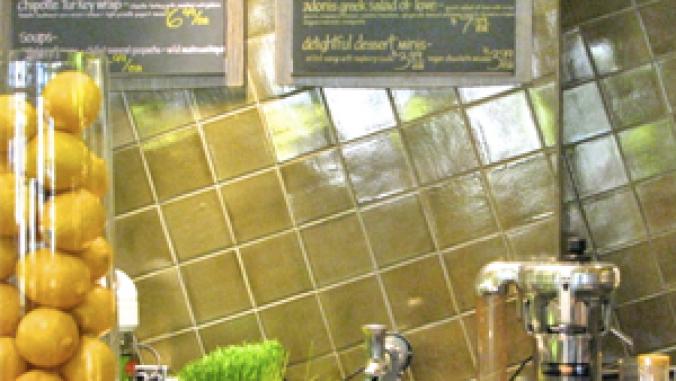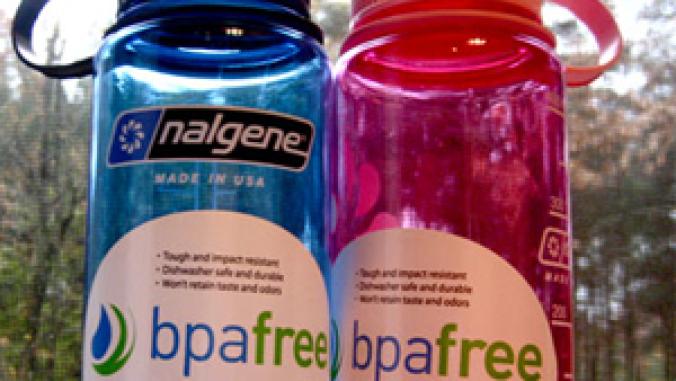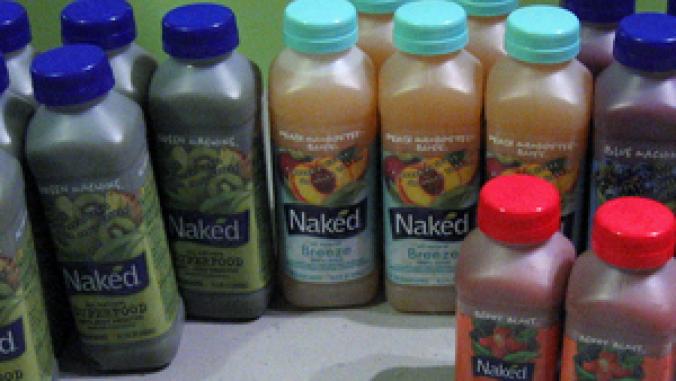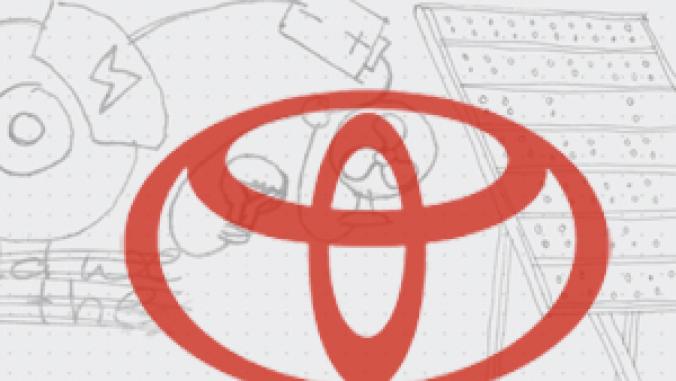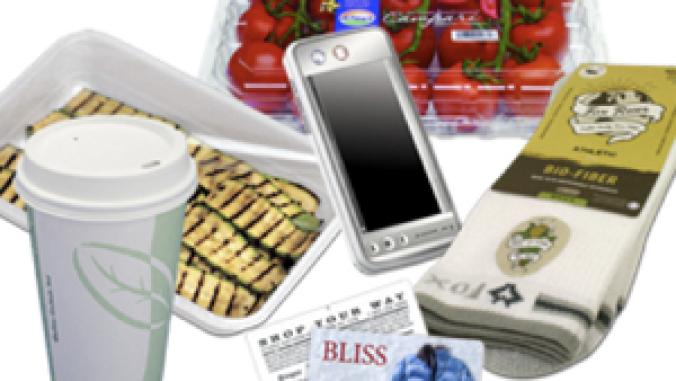Andersen's New Window Line Features Recycled Sawdust, Glass
<p>Andersen Window's new 100 Series line of windows feature recycled glass, recycled sawdust, and a design that qualifies them for a federal energy efficiency tax credit and LEED points.<br /> </p>

100 Series - Courtesy Andersen Windows
Andersen Windows has launched a new series of windows incorporating recycled sawdust and glass in a product that can help earn LEED points and is also eligible for a federal tax credit.
The new 100 Series windows contain 13-14 percent recycled glass and 40 percent recycled wood in the frames, for an overall 18-24 percent pre-consumer recycled content in the final product.
The glass comes from an outside supplier, but all the reused wood comes from Andersen's Minnesota frame manufacturing facility. The extra sawdust that doesn't go toward making frames is used in the factory's heating and cooling system, which is completely powered by the sawdust.
The facility has been using its own wood-burning power plant for over two years. The burning sawdust boils water, and the steam powers the facility's manufacturing lines and other energy needs.
A smaller amount of sawdust is given to local farmers for use as animal bedding, and Anderson also gives the particulate that is left over after the sawdust is burned to farmers, who add it to their soil.
Andersen has been using recycled sawdust in products for about 15 years. The 100 Series' frames are made of the company's proprietary Fibred material, which is a mix of reused sawdust and polymers.
Andersen developed Fibrex in the mid-'90s, said Susan Roeder, Andersen's manager of corporate affairs, and used it in products for its direct-to-consumer Renewal By Andersen business. Having used Fibrex for that long, the company knows it performs well, she said.
The 100 Series moves Fibrex from the direct-to-consumer market into the bulk of Andersen's business, which is windows sold through builders, dealers, contractors and retail stores.
Andersen piloted the 100 Series last summer before its recent full launch aimed at customers west of the Mississippi. Roeder said that the 100 Series is a break from the company's typical products by being designed for the West as opposed to Midwestern and New England style, architecture and materials.
The 100 Series is also part of Andersen's EcoExcel line, a label the company developed to identify its products that qualify for a $1,500 government tax credit for energy efficient remodeling. Andersen created the label in the spring, and found that most of its existing products already fit the requirements of the tax credit.
Andersen's 100 Series also earned the SCS Indoor Advantage Gold certification for indoor air quality, and the company says the windows can help earn LEED points in the energy and atmosphere, materials and resources, and indoor environmental quality categories.
100 Series windows - Courtesy Andersen Windows
